Today is a big day in the world of science, with the Event Horizon Telescope project unveiling the first-ever image of a black hole recorded by telescopes—many of them, all over the world, in a project of massive, literally planetary scale.
The last time we checked in on this project here at The Mary Sue was two years ago, when we heard that an image would be forthcoming, and now it has finally arrived—although we thought the image would be of a different black hole, Sagittarius A* (the black hole at the center of our own galaxy), which the team is still working on. That’s because taking a picture of a black hole isn’t just like snapping a picture, instead requiring telescopes across the world from each other to work in concert (thanks to precise atomic clocks) to virtually create a telescope as large as the Earth, enabling the above image of the black hole at the center of the Messier 87 galaxy, 55 million light years from Earth.
That resulted in an incredible quantity of data that all had to be sorted through and formed into an image, a process that required its own brand new approach:
3 years ago MIT grad student Katie Bouman led the creation of a new algorithm to produce the first-ever image of a black hole.
Today, that image was released.
More info: https://t.co/WITAL1omGl
2016 story: https://t.co/QV7Zf2snEP#EHTblackhole #EventHorizonTelescope pic.twitter.com/u6FBswmGDZ
— MIT CSAIL (@MIT_CSAIL) April 10, 2019
As discussed in the Q&A after the team’s announcement (you can watch the replay of both here!), one of the most impressive things about this image is that it looks a lot like we would have expected, which is not always what happens when science directly observes something that had previously only been “seen” in theoretical terms, like this:
However, the image itself, while impressive, is really only the beginning. There’s a lot more science to be done with the incredible amount of data that was collected to make this image possible, including multiple wavelengths of light that have different things to tell us.
As for the sharpness of the picture and whether we’ll ever get a clearer one, remember that we only just recently made a leap forward in the clarity of images of Pluto with the New Horizons mission:
The image clarity will improve over time, as the team continues its work, and the data driving that added clarity—as more telescopes are added to their array, hopefully including space-based telescopes—will bring with it more scientific discovery, with a lot more to tell us about how the universe works.
(image: Event Horizon Telescope Project)
Want more stories like this? Become a subscriber and support the site!
—The Mary Sue has a strict comment policy that forbids, but is not limited to, personal insults toward anyone, hate speech, and trolling.—



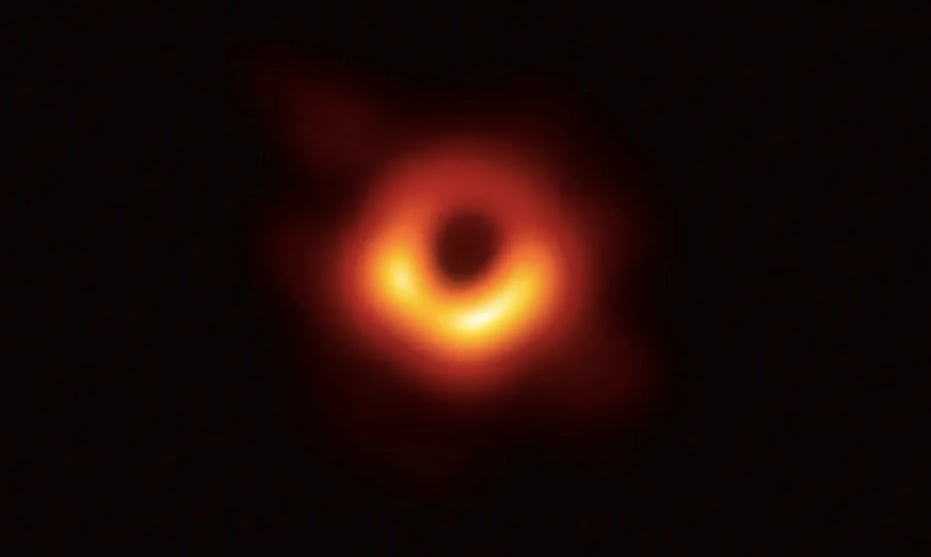
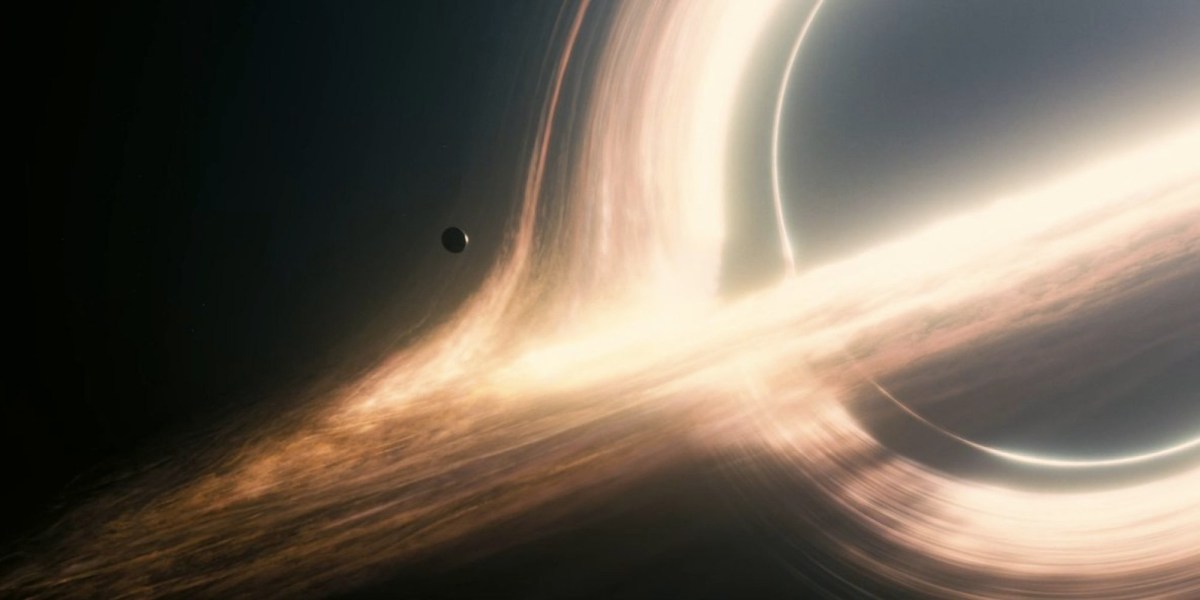

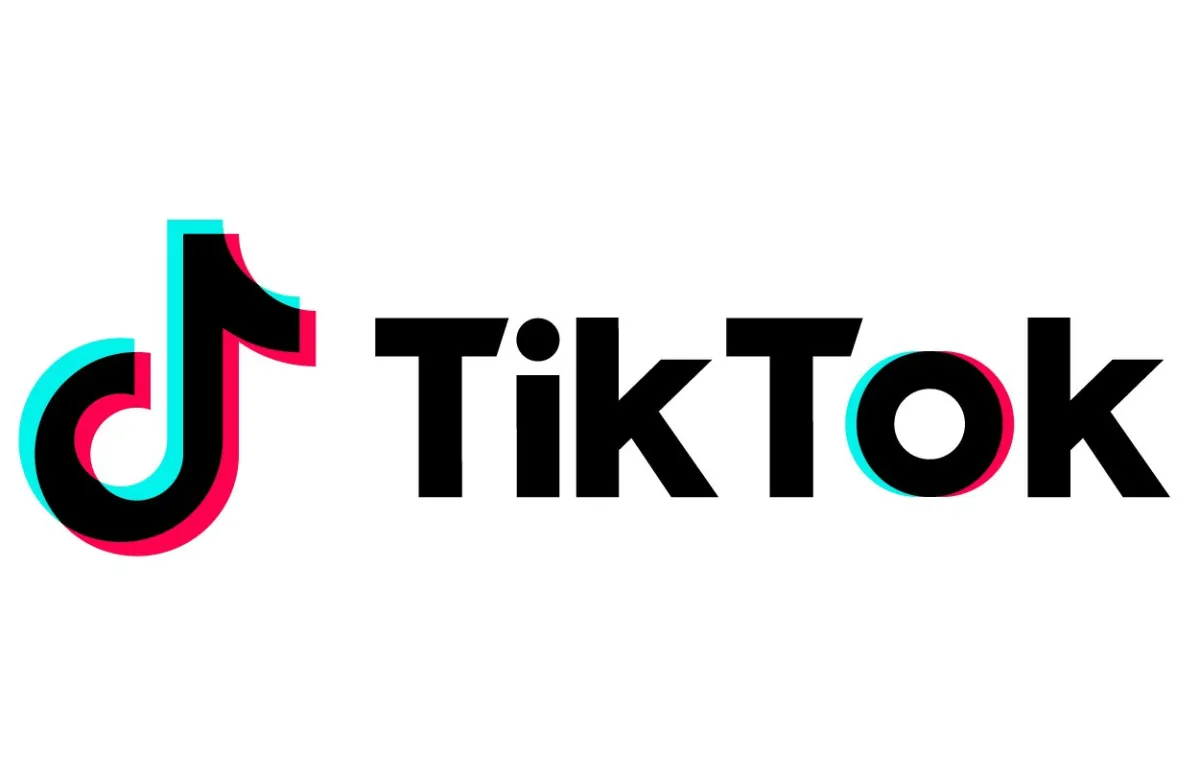
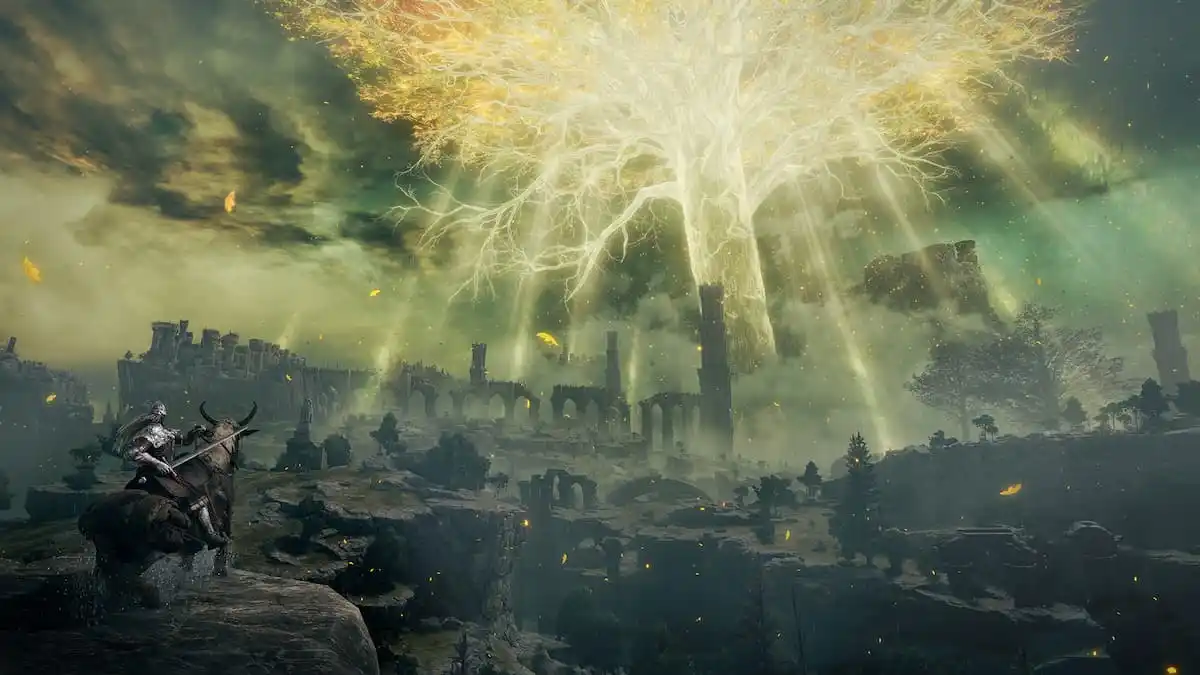
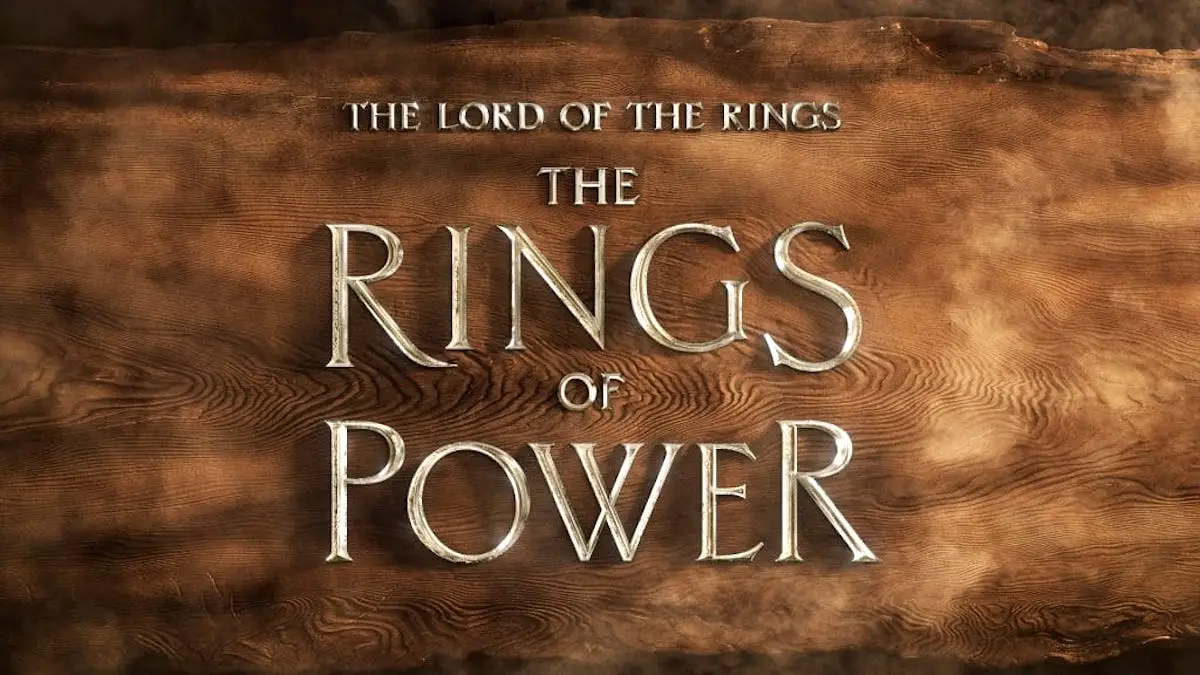
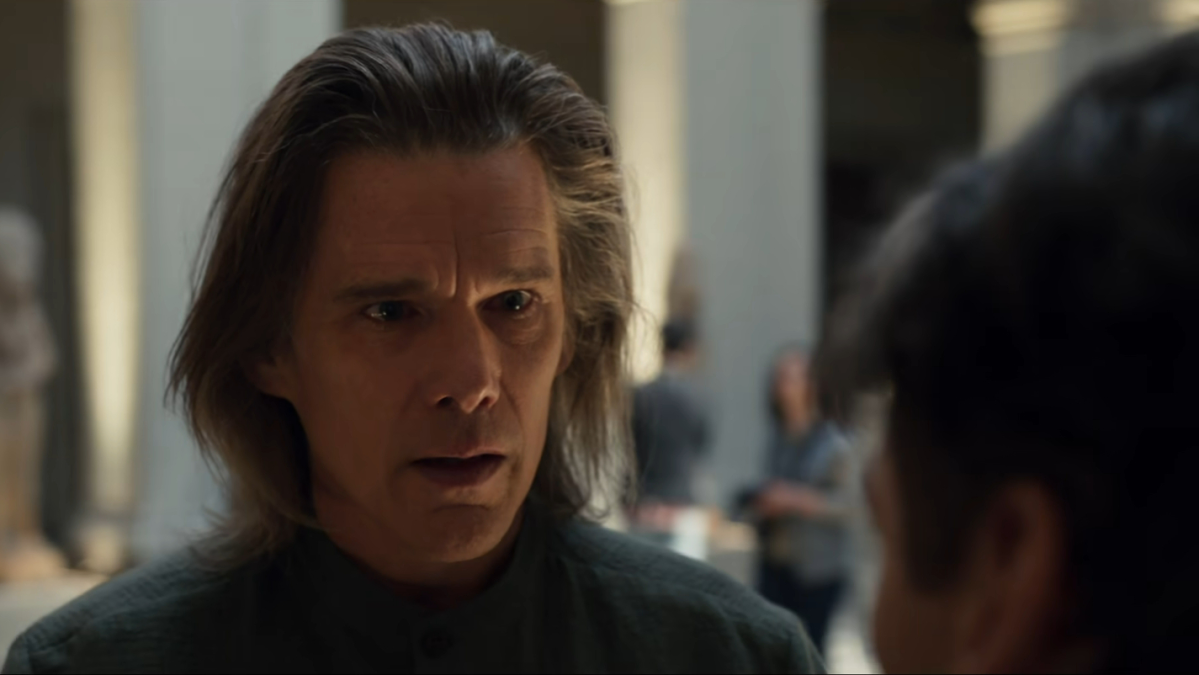

Published: Apr 10, 2019 10:03 am